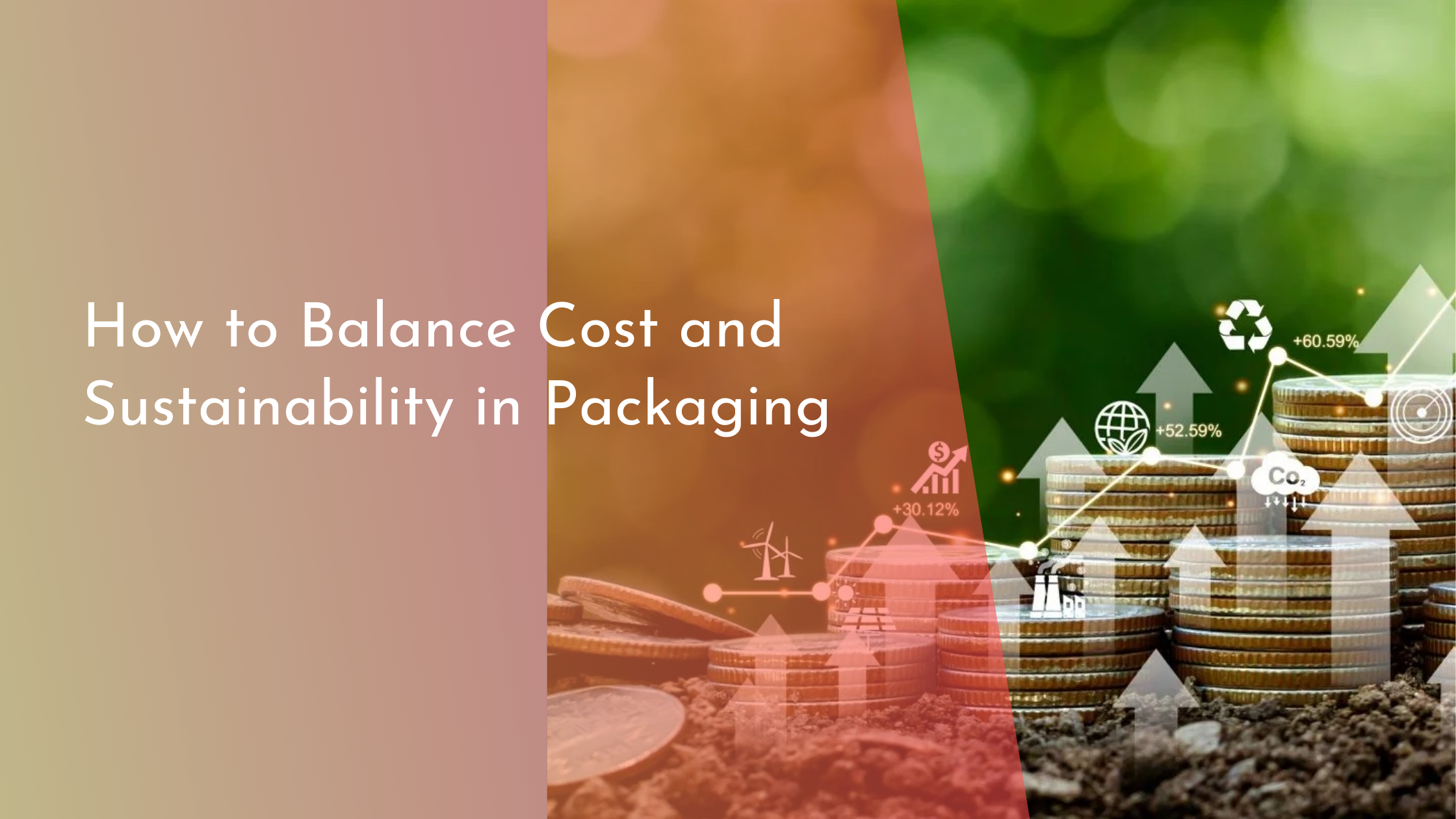How to Balance Cost and Sustainability in Packaging
In an era where consumers are increasingly conscious about environmental impact, businesses are striving to balance costs and sustainability, especially when it comes to packaging. While sustainable packaging is often perceived as expensive, innovative solutions and materials are helping to bridge the gap. This article explores how to effectively manage cost and sustainability in packaging, ensuring that products not only reach consumers safely but also do so with minimal environmental impact.
Understanding the Basics of Sustainable Packaging
Sustainable packaging refers to the use of eco-friendly materials and processes that have a reduced impact on the environment compared to traditional packaging methods. It encompasses the entire lifecycle of the packaging, from sourcing materials to production and disposal. The ultimate goal is to minimize waste, reduce carbon footprint, and promote recycling and reuse. By understanding the fundamentals of sustainable packaging, businesses can make informed decisions that align with their environmental goals.
To make packaging truly sustainable, it should be designed with the end-of-life scenario in mind. This means that materials should be recyclable, biodegradable, or compostable. Additionally, sustainable packaging often involves reducing the amount of material used in packaging design, which not only benefits the environment but also reduces costs. Businesses need to focus on durable and lightweight solutions that maintain product protection while minimizing material use.
Evaluating Cost-Effective Sustainable Materials
Selecting the right materials is critical in balancing cost and sustainability. Sustainable materials like recycled paper, biodegradable plastics, and plant-based films can offer both environmental benefits and cost advantages. While these materials might come at a higher initial cost, they often provide savings in the long run through reduced waste management fees and enhanced brand reputation.
Recycled materials are a prime example of cost-effective sustainability. By using post-consumer content, businesses can reduce the demand for virgin resources while lowering production costs. Advanced technologies have made recycled materials more durable and versatile, making them suitable for a wide range of packaging needs. Evaluating these materials, while considering their lifecycle costs and benefits, can help businesses strike a balance between sustainability and affordability.
Implementing Innovative Packaging Solutions
Innovation is key to achieving sustainable packaging without significantly increasing costs. By employing creative design strategies and advanced technologies, companies can develop packaging solutions that meet both sustainability and budgetary goals. For instance, modular packaging designs allow for ease of transportation and storage, thus reducing logistical costs while minimizing environmental impact.
Moreover, digital solutions like 3D printing can revolutionize packaging production, offering customized solutions with minimal waste. Companies can also embrace smart packaging, which not only enhances the user experience but also provides valuable data insights into consumer behavior and packaging efficiency. Implementing these innovations requires an initial investment, but the long-term benefits can lead to cost savings and a stronger commitment to sustainability.
Measuring Success and Making Continuous Improvements
To ensure that sustainable packaging efforts are successful, it’s essential to establish key performance indicators (KPIs) and measure progress regularly. Metrics such as the reduction in carbon footprint, the amount of waste diverted from landfills, and cost savings from material reduction should be tracked. By continuously measuring these parameters, businesses can identify areas for improvement and make informed decisions that foster sustainability.
Continuous improvement involves not only evaluating current practices but also staying informed about new technologies and materials. Engaging with stakeholders and gathering feedback from consumers can provide valuable insights into areas that need enhancement. By fostering a culture of innovation and openness to change, businesses can ensure that their packaging solutions remain both cost-effective and sustainable over time.
Balancing cost and sustainability in packaging requires a strategic approach that involves understanding sustainable practices, selecting cost-effective materials, implementing innovative solutions, and continuously measuring success. As more consumers prioritize sustainability, businesses that adopt these practices will not only reduce their environmental footprint but also enhance their brand image and consumer appeal. By committing to sustainable packaging, companies can achieve a win-win scenario that favors both their financial bottom line and the planet.

